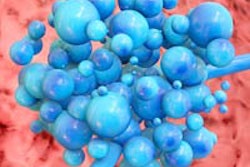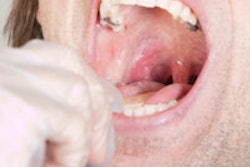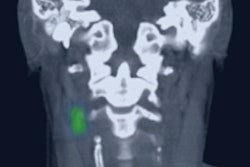Dear Oral Cancer & Diagnostics Insider,
They say necessity is the mother of invention. But for Matthew H.J. Kim, founder of Vigilant Biosciences, the motivation for inventing his oral cancer testing system was seeing what his parents went through with the disease. In this latest Insider Exclusive, we spoke with him about how the experience helped him develop the new OncAlert point-of-care risk assessment test and lab assay.
In other Oral Cancer & Diagnostics Community news, it may be possible for some patients with human papillomavirus-positive oropharyngeal cancer (HPV+ OPC) to be cured, even after the disease has spread to other organs. Click here to read about the study, which was presented at the recent International Conference on Innovative Approaches in Head and Neck Oncology (ICHNO) in Nice, France.
In a related story, researchers have created the first comprehensive genomic map of head and neck cancers (HNCs) that identifies genomic changes when the disease is caused by HPV. Read how the findings, published in the journal Nature, could provide explanations of how HPV and smoking play roles in the disease's development.
Meanwhile, in the largest investigation of the role of major risk factors for HNC in young adults, researchers found that these cancers are not usually caused by lifestyle factors such as smoking or drinking alcohol. Click here to discover the likely cause, which was discussed in a paper in the International Journal of Epidemiology.
Also, researchers are proposing a new tumor-staging model for predicting the outcomes of and guiding treatments for patients with HPV-related OPC, according to a new study in the Journal of Clinical Oncology. Read how this could lead to less-intensive treatment strategies.
Finally, scientists were able to accurately identify sentinel lymph nodes in patients with head and neck squamous cell carcinoma using a novel tool. Click here to read about the research presented at the ICHNO meeting that could reduce the number of patients who need to undergo selective neck dissection.



















